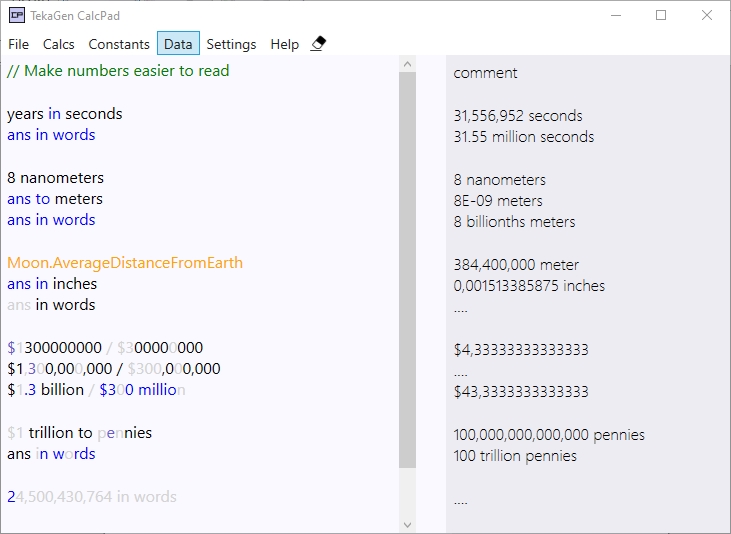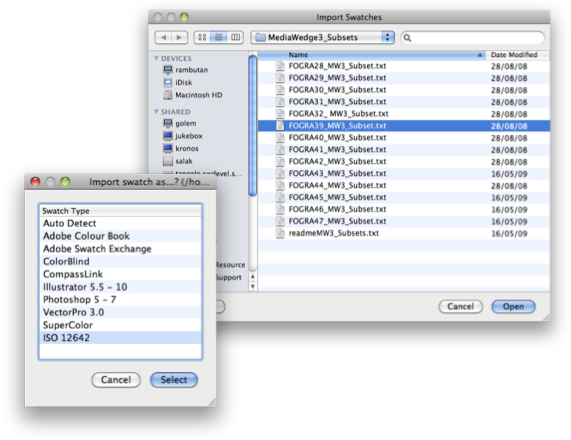

Otherwise, you will simply get incorrect results. So, you must include the proper conversion factors manually in all of your formulas. You can write units of measurement in the next cell, but you cannot attach them to values and they will not take part in your calculations as it happens in math software. You cannot apply units of measurement to values and use them in formulas. So, Excel spreadsheets are prone to errors. Also, variable substitution in formulas is not available in this case. Besides it is a double work, you can mistype something and there is no guarantee that the formulas you see, are the same inside the cells. The best option is to write them once again with MathType. There is an option to make them visible, but without formatting they are difficult to read. That makes the printed report a real black box for the checking engineer. Of course, you can use named cells, to improve readability, but it requires additional work. You will have to scroll up and down multiple times to find the required cells to be referenced.

Imagine that you have 1000 lines (rows) of calculations and your formula uses some cells at row 1, 500, 200, 700, 900, etc. For longer calculations, it gets even harder. It is like obfuscation of the actual formula. “ M = FL + qL ^2/2″ is much easier to type and more readable than “= D2A3 + C1A3 ^2/2″. It is slow to write and difficult to check and follow, especially for the longer ones. Over time, I found some important reasons to prefer the math approach over Excel spreadsheets: 1.
#Engineering calcpad excel software
During the years, I had to write a lot of structural design spreadsheets on Excel, as well as math worksheets on software like MathCAD or Calcpad. It has some issues that cannot be neglected. Even if a tree data structure can fit in a table, this is not the optimal solution. However, structural design algorithms are tree-like in nature, not tabular. Spreadsheets are the best for simple formulas that have to be repeated on multiple rows/columns. I myself usе it quite a lot for bills of materials and construction cost calculations. In general, it is a great software, very mature and high quality, but for tabular data. At the same time, it is probably the most inappropriate for the job. To my experience, the most widely used solution for custom engineering calculations is Excel. What we need is a suitable software for that purpose, but what? Even a simple hand calculator (except for quick estimates). The other issue is to make the calculations reusable, in case we have similar projects in future.Īpparently, a peace of paper and pencil would not do the job anymore.
#Engineering calcpad excel professional
And it would be also very good, if we could give them professional look and feel.

The problem is that in most cases, we have to document our calculations and collect them in design reports or calculation notes. Some may still make them “by hand”, but most engineers use some kind of software for that. Although there are plenty of software nowadays, engineers still have to develop custom calculations to solve specific problems.


 0 kommentar(er)
0 kommentar(er)
